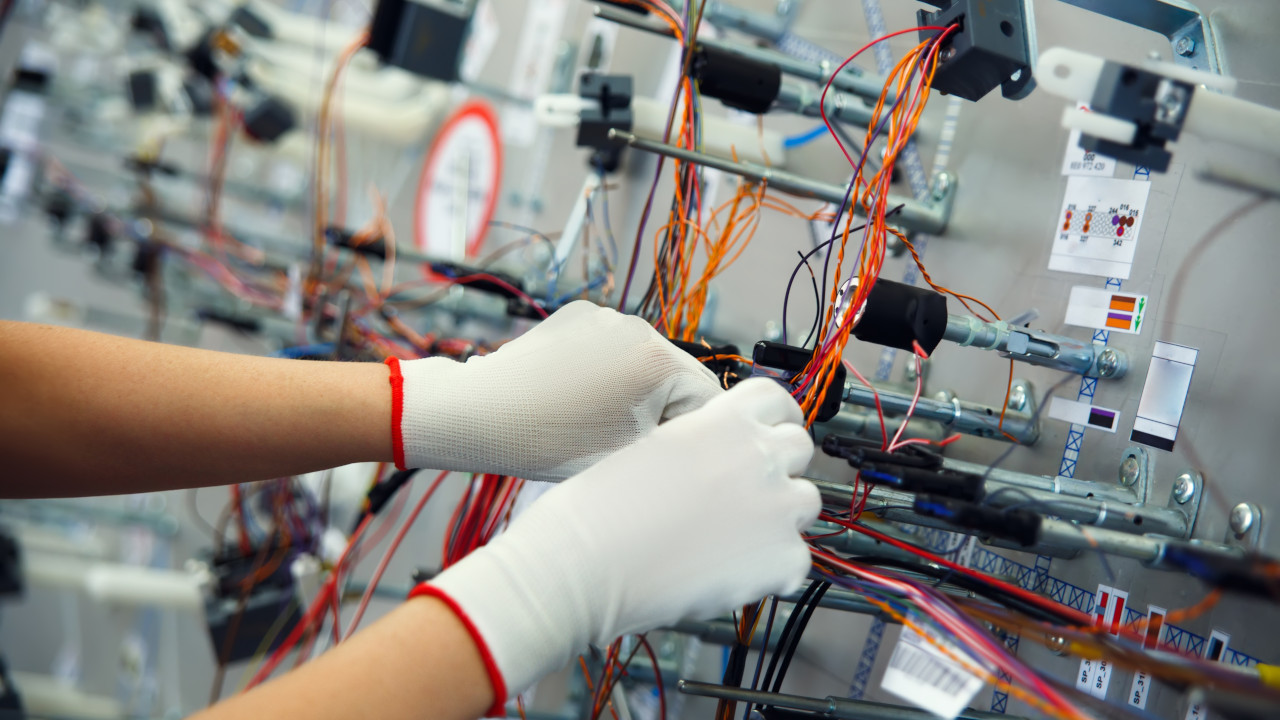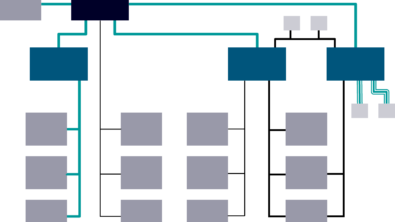3 ways to improve wiring harness manufacturing

Manual engineering methods still dominate in the wiring harness manufacturing industry. As harness complexity increases, these legacy methods will come under increasing strain, and eventually may fail completely. In an industry characterized by thin margins and large production volumes, greater manufacturing and engineering efficiency, lower operating costs and faster production times can have a significant impact on customer satisfaction and long-term business sustainability.
Fortunately, a new generation of electrical systems and wiring harness engineering tools are available to help companies, large and small, as they tackle new challenges. With increased automation, these tools help engineers rapidly create drawings, calculations, work instructions and other needed documentation and outputs, leading to reductions in time to quote and superior service and responsiveness to their customers. Furthermore, these new solutions, such as Capital from the Xcelerator portfolio, provide robust integrations with tools from other domains and parts of the engineering flow, ensuring better collaboration up and down the development cycle and reducing errors from data exchange.
In this blog, we will discuss three ways that adopting advanced wiring harness engineering solutions can help harness manufacturers.
1) Reduce harness design cycle time and cost
Today’s electrical and electronic (E/E) system and wiring harness engineering solutions feature advanced automation capabilities that can accelerate the creation of bills-of-materials and production designs. These capabilities automate tedious and time consuming tasks, allowing engineers to focus on more critical aspects of the harness or production engineering. By speeding up these processes, today’s advanced solutions help accelerate harness design and reduce cost.
2) Improve product and process quality
Modern solutions have integrated change management tools to maintain engineering data integrity, reduce design errors and control how changes are made and approved during design. Furthermore, the rich data model of modern solutions supports digital continuity through each design and manufacturing process. Data from the design environment flows directly into the harness production environment with no duplicated data entry. Changes can flow automatically while powerful automation helps achieve correct-by-construction designs and manufacturing engineering outputs to production.
3) Reduce harness manufacturing turnaround time and costs
Features such as automated formboard layout and bill-of-process generation help companies start harness production faster and with fewer errors. Modern solutions can also help engineers optimize production designs and balance production lines to ensure optimal efficiency and improve product quality. Finally, today’s tools can automatically generate work instructions and visual aids for harness assembly operators. This removes work instructions from the critical path for introducing new or changed harness designs, thus speeding up time to efficient production.
Prepare for harness manufacturing challenges of tomorrow
Wiring harness manufacturers face growing challenges as harnesses become more complex and timelines accelerate. Legacy methods of harness and manufacturing engineering will prove insufficient in the future, driving harness manufacturers to evolve to meet the challenges of tomorrow. An automated and integrated E/E system and wiring harness engineering solution, featuring robust data integrity throughout the development flow, will enhance the ability of manufacturers to produce advanced wiring harnesses on increasingly tight timelines. This digital transformation today is vital to grow revenues, increase profitability and ensure the success of harness manufacturing businesses tomorrow in an increasingly competitive environment.
You can read more in our paper: 10 ways to improve wiring harness manufacturing
You might also be interested in:


